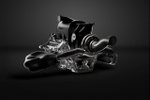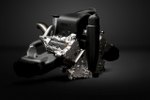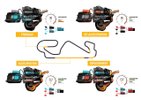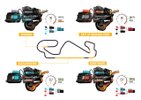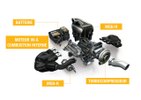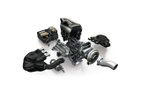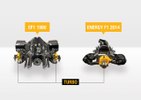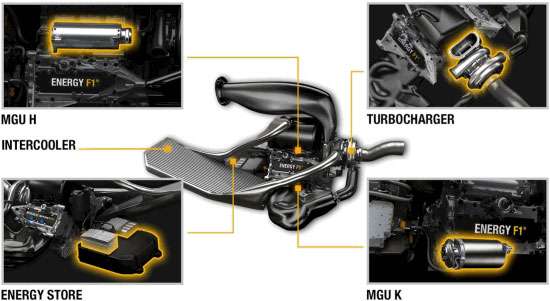- FIA Formula One World Championship set to welcome most radical technical changes in the history of the sport in 2014
- Cars will be powered by highly sophisticated Power Units combining turbocharged internal combustion engines and potent energy recovery systems harvesting energy from exhaust and braking
- Over the course of the lap, cars will be powered by traditional fuel and electrical energy
- Double restrictions on fuel flow and mass will make the Power Units amongst the most fuel efficient engines in the world
- Renault's Energy F1-2014 Power Unit developed at its state of the art facility at Viry-Châtillon, France is ready for the challenge
- The new generation Power Unit named Energy F1 to reflect synergies with the pioneering fuel efficient Energy engine range used in Renault road cars, which maintain or improve driving pleasure, vitality and acceleration with downsized engines to achieve lower fuel consumption and CO2 emissions
This year, the FIA Formula One World Championship is set for a raft of radical technical regulation changes. From 2014 onwards, the cars will be powered by avant-garde powertrain technology, with a powerful turbocharged internal combustion engine coupled to sophisticated energy recovery systems.
Power output will be boosted to levels not seen in the sport in over five years, however, two types of energy will propel the cars. The internal combustion engine will produce power through consumption of traditional carbon-based fuel, while electrical energy will be harvested from exhaust and braking by two motor generator units. The two systems will work in harmony, with teams and drivers balancing the use of the two types of energy throughout the race.


